
Dunholme Village
THE HISORY OF DUNHOLME VILLAGE
From Notes on Dunholme by Terence R Leach 1964
Background picture taken of havesting in a corn field on Honeyholes Lane August 2014

Background picture taken of havesting in a corn field on Honeyholes Lane August 2014
Extract from the doomsday book

Translated as
Taxable units: Taxable value 8 geld units.
Value: Value to lord in 1066 £1. Value to lord in 1086 £0.8.
Households: 18 freemen.
Ploughland: 8 ploughlands (land for). 6 men's plough teams.
Other resources: Meadow 50 acres.
Lord in 1066: Queen Edith.
Lords in 1086: Odo the Bowmaker King William.
Tenant-in-chief in 1086: King William.
The
village of Dunholme is situated some six miles to the north east of
Lincoln, and the parish, though smaller in extent than the majority
of its immediate neighbours, stretches from the foot of the Lincoln
Edge on the west to the Langworth River on the east. The
western part of the parish was once known as the Heath, and the
eastern extremity as the Fen, a name preserved in Fen Lane, the
correct name for Grimsby Road.
The village stands almost exactly in the centre of its parish, on the banks of its beck and the foot of several very low hills. If the author of "The Place and River Names of the West Riding of Lindsey" is correct, the name of the village "Dunham" is derived from "dun" (hill) and "ham" ("river bend"), but the derivation suggested by Ekwall seems more likely to be correct - "Donna's ham'*, ie, the "ham" of Dunna, probably an Anglo Saxon.
A tanged and barbed arrow head of the Bronze Age was found at the southwest corner of the parish in 1957, and considerable quantities of Roman pottery have discovered of the second century on a site near the village,, Recent aerial photography has revealed the presence of a double-ditched enclosure of unknown date in a field on Ryland Road,,
The earliest written evidence concerning Dunholme is found in Domesday Book (1087). At the time of the survey Dunholme was divided between three owners - the King, Ilbert de Laci, and Ralph Paganel. Some of the king's land was held by Odo the Arblaster. (cross-bow maker). The kings land passed very soon to the Bishop of Lincoln, and the Bishop is still the Lord of the Manor of Dunholme, The division of the parish from an early date into two (possibly for a time three) manors has given rise to some confusion. The Bishop's manor is the only one for which any records have survived. Two farm houses in the village claim the title of manor house.
The association between the Bishop and Dunholme was by no means the only connection between the village and the church in medieval times, for in addition to there being a Prebendal Stall of Dunham in Lincoln Cathedral, with lands for its endowment in Dunholme and other parishes, three Abbie’s (Kirkstead, Barlings, and Louth Park) also held land in the parish until their Dissolution,, The Barlings land passed to the Grantham family in 1545, though they had held land in Dunholme since at least 1452.
It is impossible to say whether the interests of the monastic foundations in Dunholme led to support from the people there for the Lincolnshire Rising of 1536; it is known however, that the insurgents passed through the village on their journey from Louth and the Wolds to Lincoln, for it is recorded that they "mustered at Dunholme Heath" in the evening, "-where they were joined by the people of Kyrton Soke".
At the beginning of the seventeenth century the land in Dunholme was already in the hands of small farmers, copyholders or freeholders. The most important family in the village for some years had been the Grantham’s, but after the death of Robert Grantham in 1661;their holdings in Dunholme passed into other hands. The enclosure of the manor took place between "1559 and 1662, due largely to the influence of the Anderson family. The sale of the Bishops possessions during the Commonwealth period, and lawsuits following the enclosure and the Restoration of Charles II, caused the compilation of some extremely important and interesting documents.
Eighteenth century records are neither as numerous nor as interesting, but there is a wealth of material for the following century, which saw, in its latter years, the beginning of the Dunholme we know today.
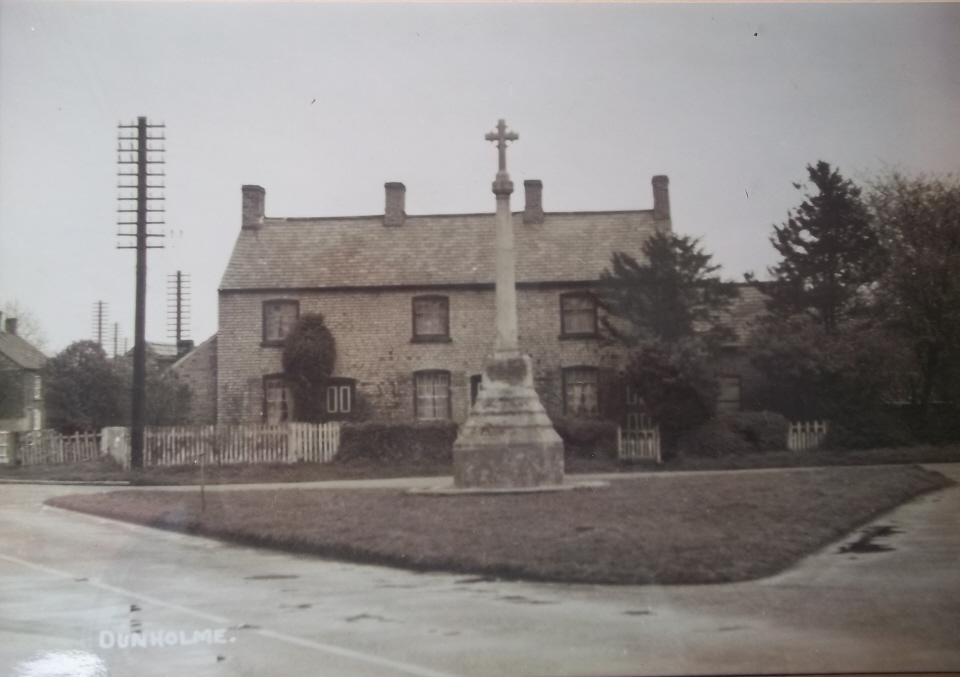
The village green is not very big, just a small triangle of grass with the War memorial in its centre.
The War
memorial was erected in 1920. The green is surrounded my the Market
Rasen road (Historically called Fen Lane) Which was the A46 trunk
road from Lincoln to Grimsby before the village by-pass was built..
Off to the right is Ashing lane.
This is
the historical centre of the village. The War Memorial
occupies a prominent position in the centre. It was built by
Bowman's
of Stamford and designed by WH Wood. It was
unveiled on 7th Sugust 1920. It bears the names of four men of the
parish who gave their lives in the first World War ( Harry
Cottingham, George Creasy,
Fred
Portus and Harrold Portus) and three in the second World War (Jack
Andrews, Dennis Braithwaite and John Dixon)
The house behind the green was at this time three cottages with a small shop on the right.

St Chads the Parish Church of Dunholme
The Parish Church of Dunholme "St Chad's" Built in the 12th Century although it is believed that there was some sort of church on the site before then. Dunholme Parish Church is one of thirty one churches dedicated to St Chad.
The fact that the Domesday Book (1087) makes no mention of a church in Dunholme does not necessarily mean that no church existed at that date. It is imposible to say exactly when the first church was built. That there was a church here about thirty six years after the Domesday Survey is borne out by the fact that between 1123 and 1148, Alexander, Bishop of Lincoln endoewed the Prebend of Dunham and Newport. The Prebendal income was derived from churshes of Dunholme and St John's in Newport. The various architectural styles of the church can be dated approximately. The Church has an early English arcade, tower and a chancel (Circa 1200 -1300) and a late decorated aisle (Circa 1300 -1375). The perpendicular cast windows in the chancel date from circa 1375 - 1500)
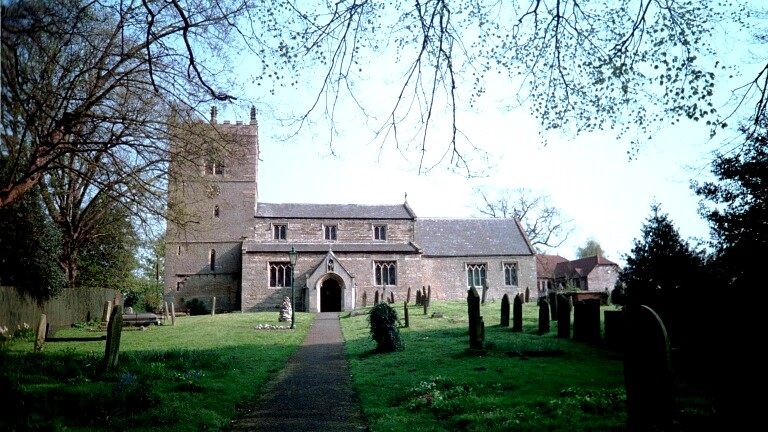
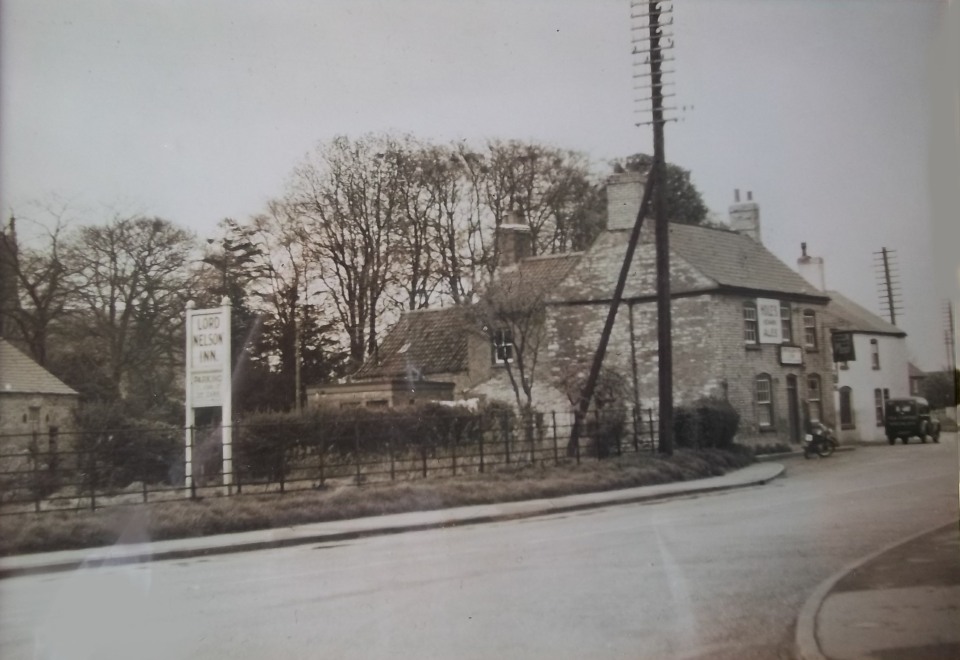
The Lord Nelson Pub
The Lord Nelson Public House was not the first pub in the village but it was the last. Previously there had been the Leather Bottle which was an Inn and later the village Post Office.
The Lord Nelson started off life as a farm house build in about 1790. It became a pub in 1840.
The end came in 2013 when the Brewery was unable to make it pay closed it and sold the site for the Cooperative Society to build a foodstore


Few people did as much to record the changing face of Dunholme than James Simonton. Most of these historical photograph were taken by him btween 1900 and 1914. In many cases he photographed the same site but several years apart giving us a vision idea of the changes. On the left is James with his wife the former Lucy Vickers with their only daughter Joan.

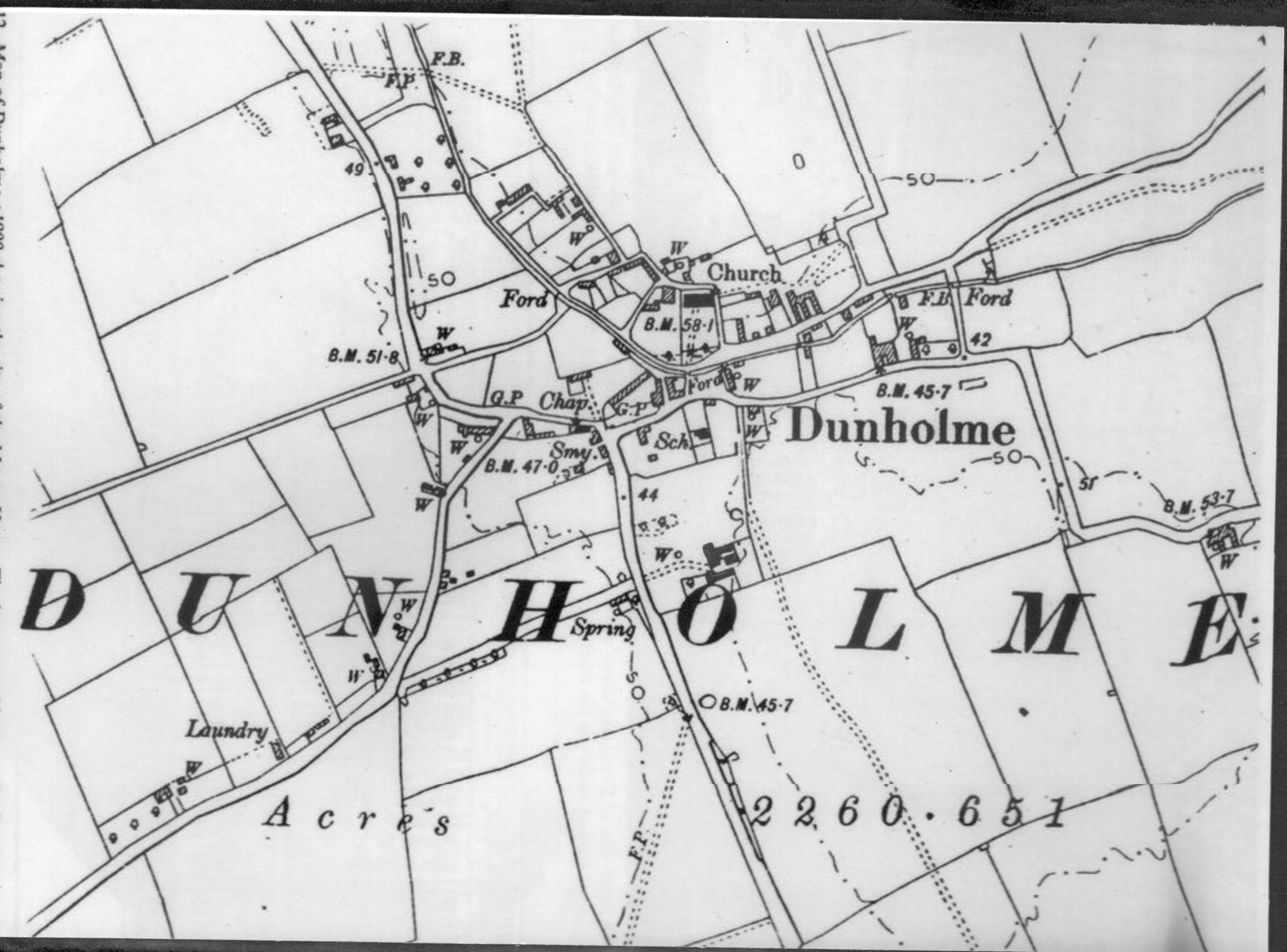



The Ford and Leather Bottle pub
This picture was taken in around 1907. In the forground is the beck that runs across fen lane which is the Market Rasen Road of today and later to become the A46 road between Lincoln and Grimsby.
The child with the bucket is Louie Boulton who lived next to the ford. The other two girls siting on the bridge are Polly Friskney born 1895 and Ivy Storr born 1899.
Behind the bridge is Brook House and on the extreme left is the spring with the Leather Bottle Inn. At this time it had ceased to be an inn as in 1844 it became a private house owned by Thomas Piddon. Many years later it became the first Post Office in the village.
It was demolished in the
1970.s when a new house was
built

The Leather Bottle Inn and Post Office. Demolished in the 1950's

Sunday School by the ford across Fen Lane (Market Rasen Road) Circa 1907
Mrs Jessops Shop and the Green
This photograph was taken on the 30th September 1902. It shows Hilda Jessop outside jessops Shop which together with Bridge View Cottage occupied an island site once aprt of the village green. The man on the bycycle is Edwin Boulton.
In 1844 the site was described as a house and garden owned by John Thompson and occupied by William Creasey. In 1889 a Robert Bruntlett had a shop here which in the hands of the Sharp family in the 1890's. By 1900 it was in the hands of John S Jessop and his wife Harriet Friskney.
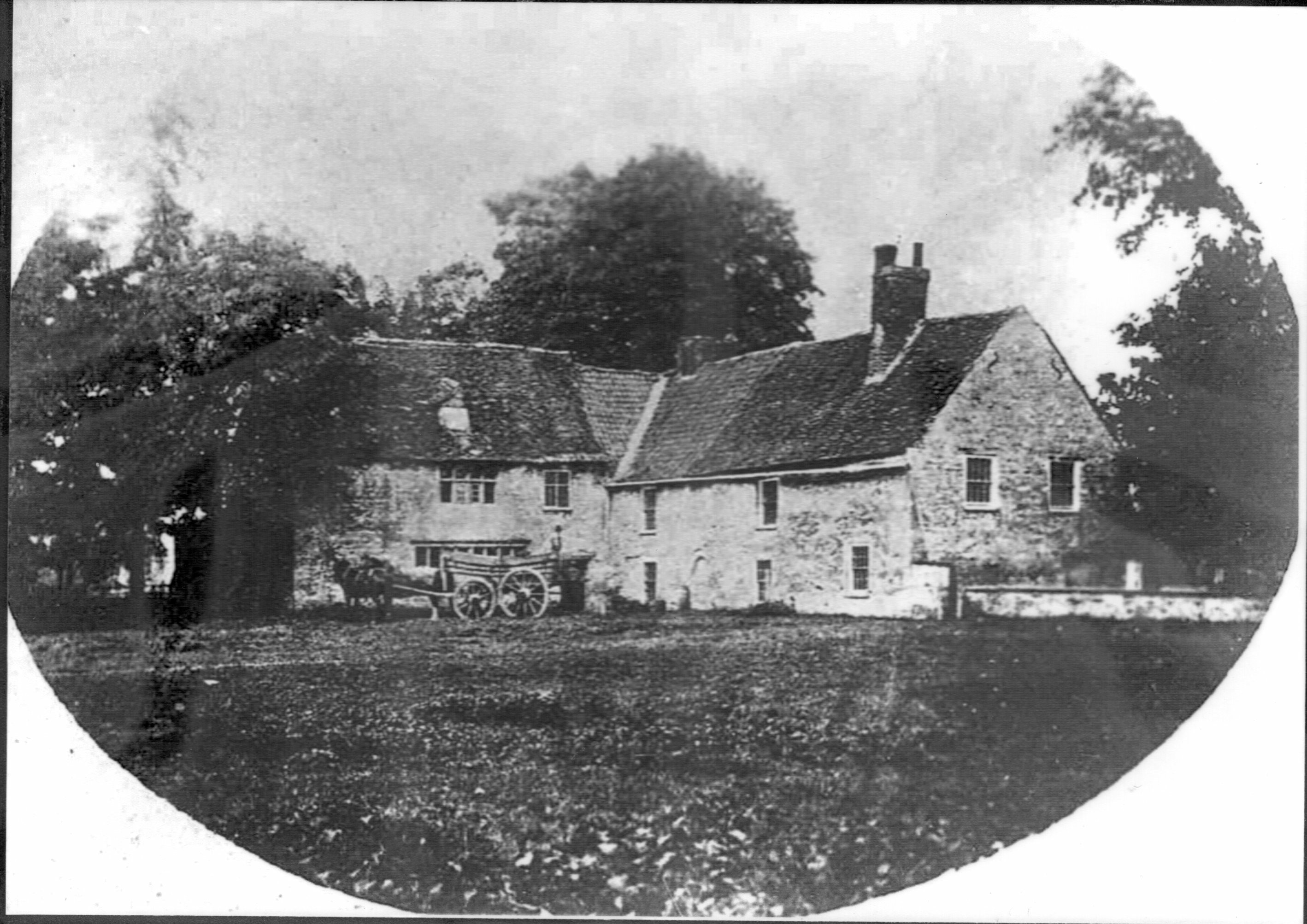

Dunholme Old School Commuity Centre
The DOSC is the old junior school of the village of Dunholme, Lincolnshire. In 1864 the land was conveyed under the School Sites Act 1841 for the - “Education of children and adults of children only of the labouring, manufacturing and other poorer classes in the Parish of Dunholme”. The Trustees being the Bishop of Lincoln, The Archdeacon of Stow and the Vicar of Dunholme. Originally it was just one room but in 1892 a second room was added. A new toilet block was added between the war years and then in 1959 the annex was built in the rear yard.
It has been a Community Centre since 1982 and has been owned by the Dunholme Old School Committee since 2000 when it was purchased from the Church Trustees with National Lotery Funding. Totay it is part of THE DUNHOLME TRUST set up as a Charitable Incorporated Organisation.


AND IS SPONSORED BY THE DUNHOLME PARISH COUNCIL